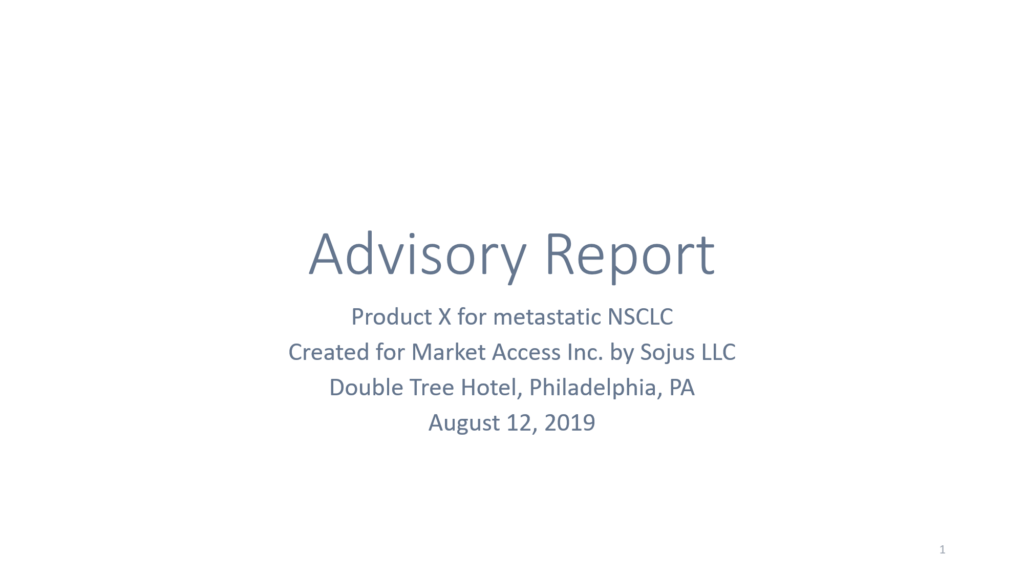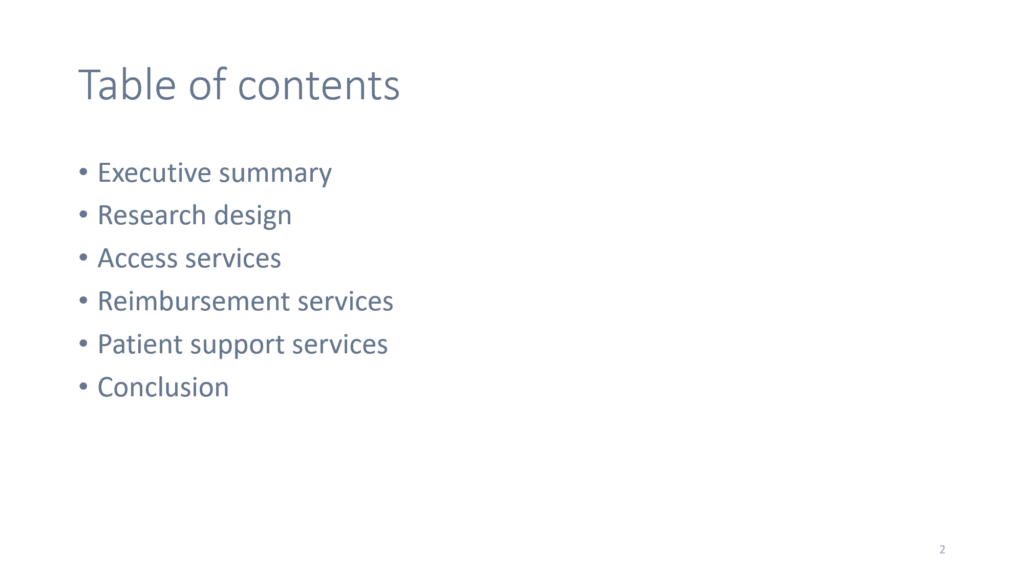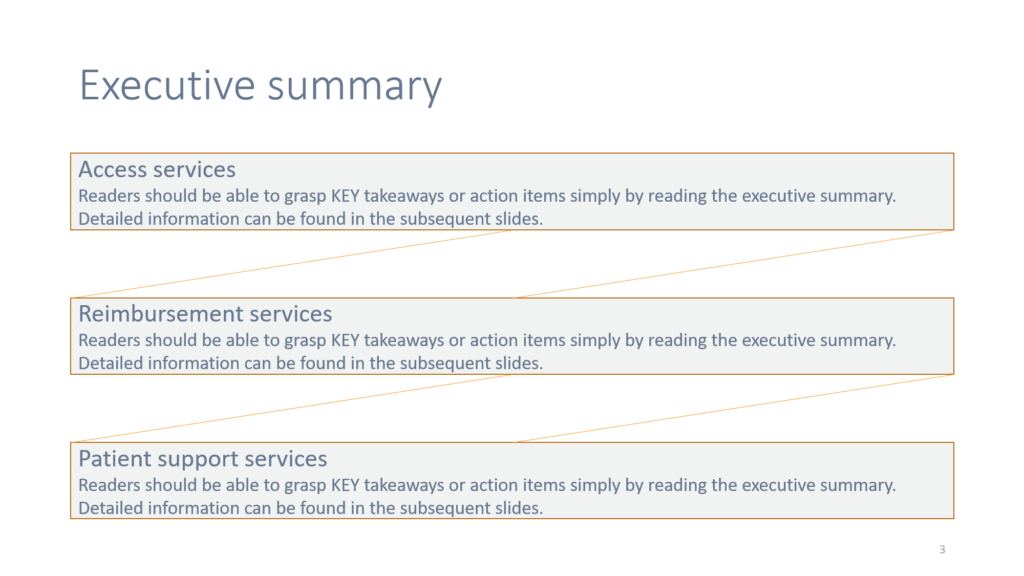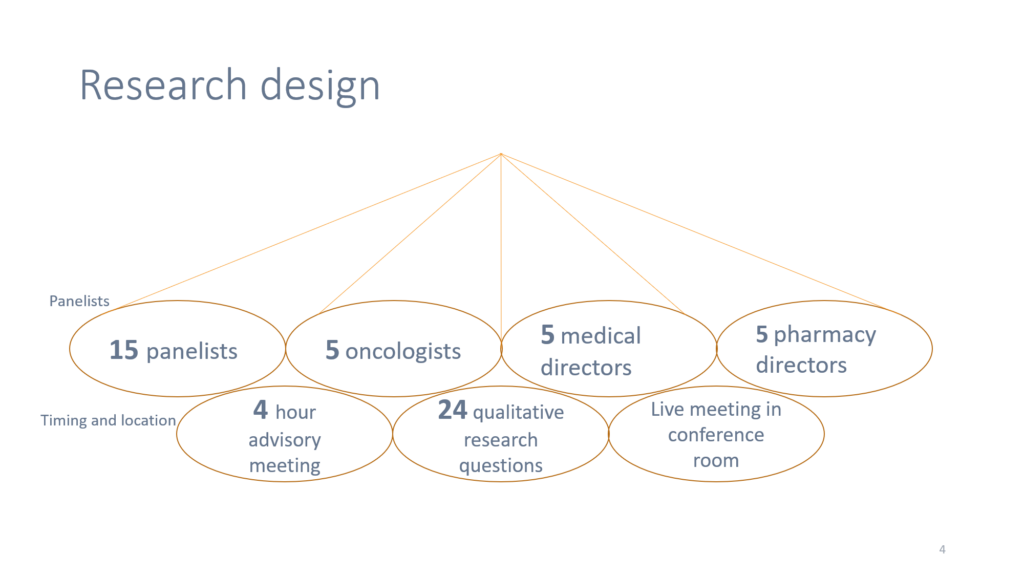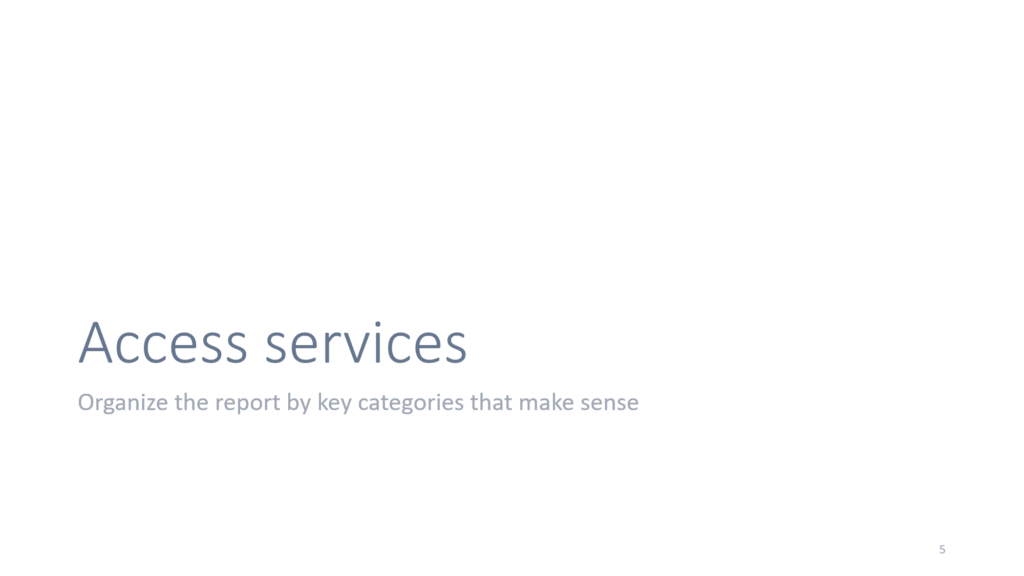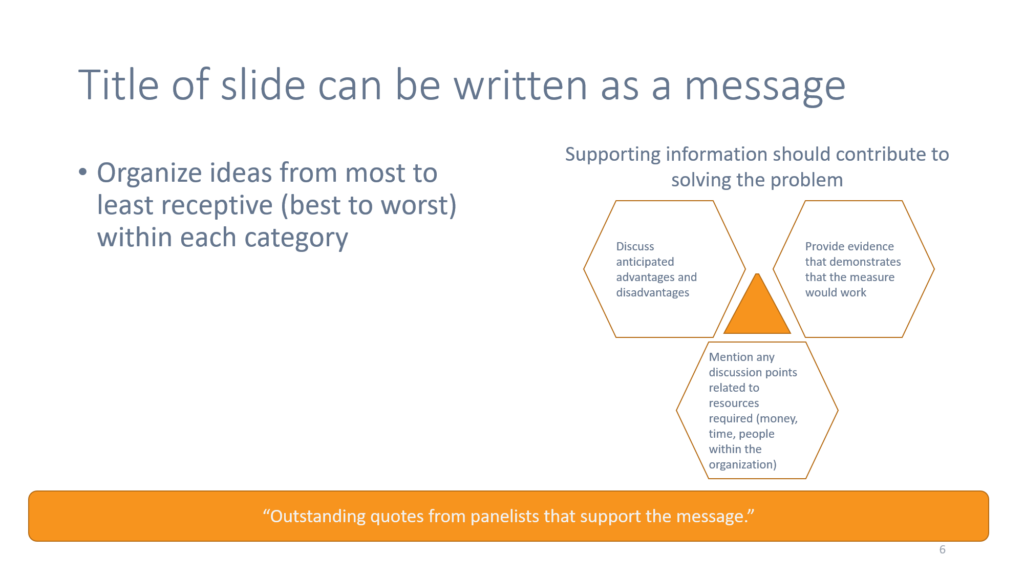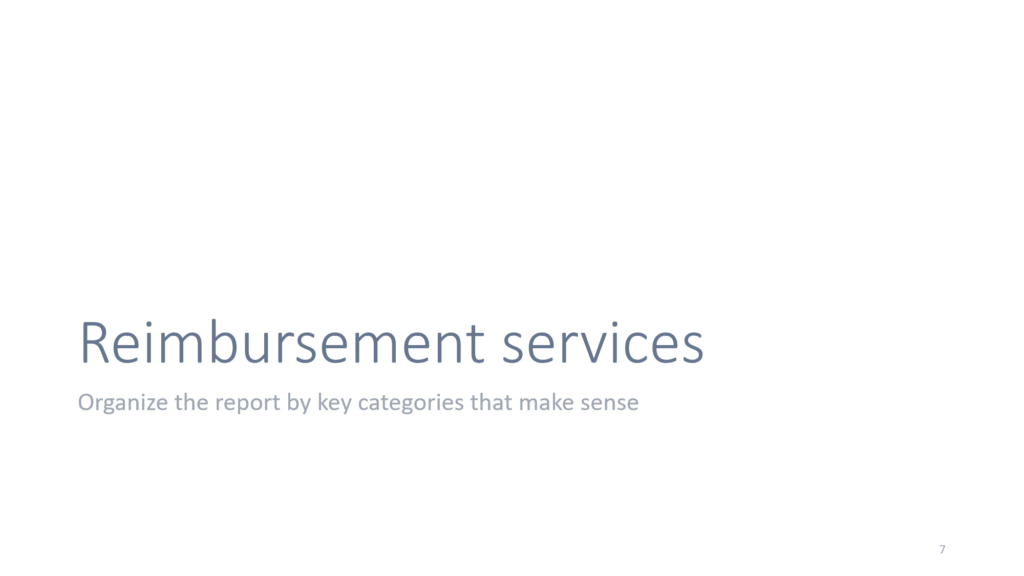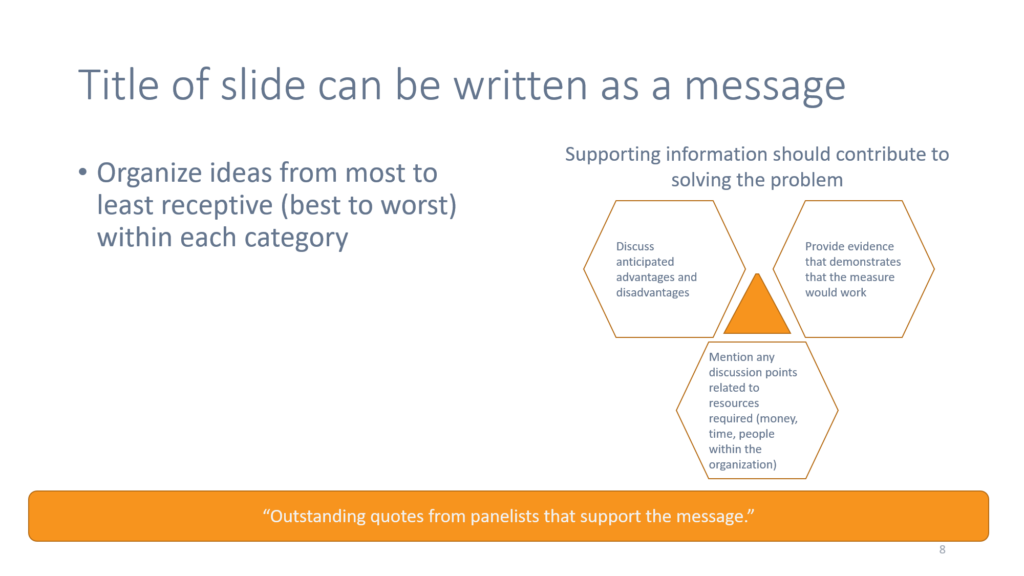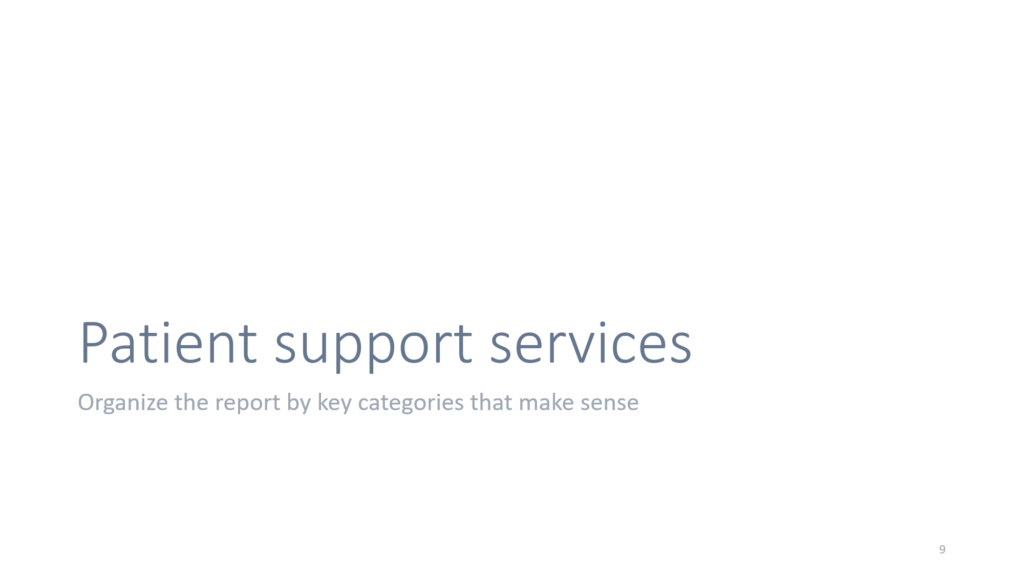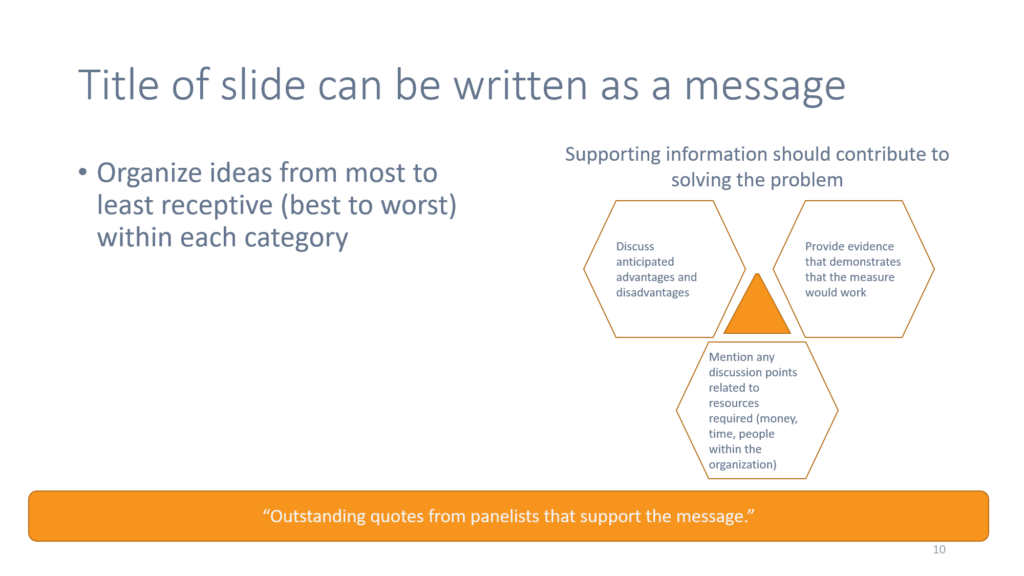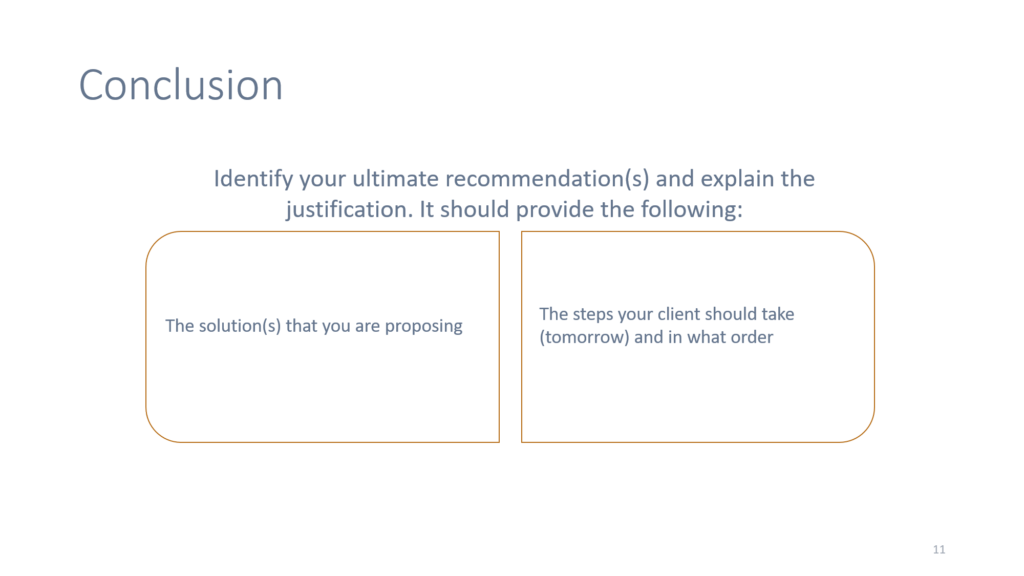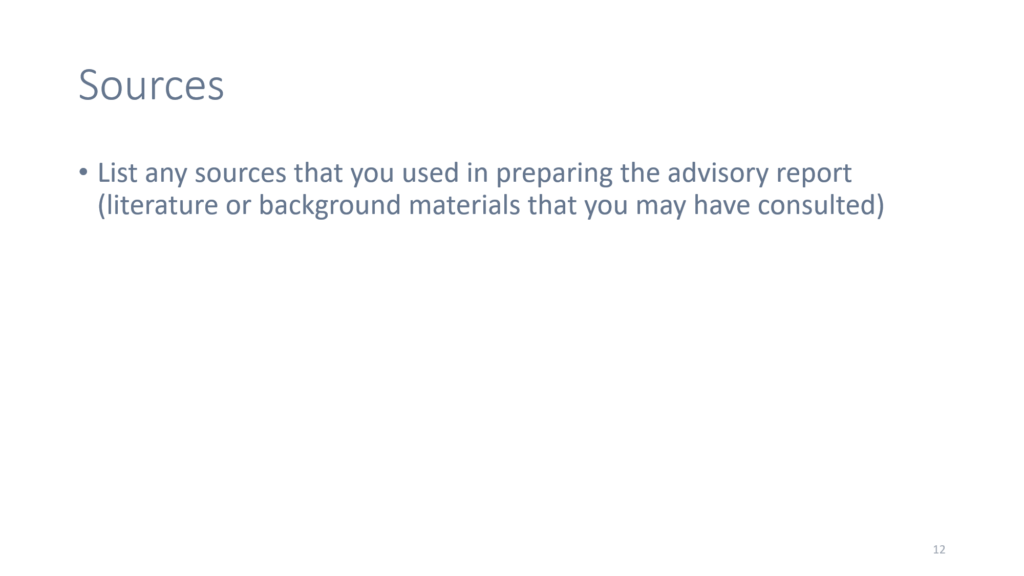Keep the ‘Exchange’ in ‘Preapproval Information Exchange’
Keep the ‘Exchange’ in ‘Preapproval Information Exchange’
Preapproval information exchange (PIE) has become among pre-launch strategies since the update to FDAMA 114 in 2018.
Most of us have figured out that it’s important for a launch strategy to include PIE. However, I’m wondering how many of us take FULL advantage of these opportunities to engage with payers pre-launch.
HBR published an interesting article earlier this week suggesting that important consumer insights can be gained from unexpected opportunities like crowdfunding.
Here’s an excerpt: ‘Crowdfunding is not only a source of financing for start-up companies, it’s also a potentially powerful tool for big companies looking for customer input during product development because CUSTOMERS WILLING TO PUT MONEY INTO DEVELOPING A PRODUCT ARE GOING TO BE MORE ENGAGED THAN PEOPLE IN A FOCUS GROUP. Companies that use crowdfunding in this way should pay particular attention to the input of atypical customers.’
Back to PIE: striking a bi-directional conversation during a PIE engagement is key during the pre-approval stage. It’s an important opportunity for manufacturers to get feedback from the customers that will be paying for their assets. This group is possibly more engaged than people in a focus group.
How can your PIE deck be engineered to facilitate a bi-directional EXCHANGE of information rather than a one-way information dump?
Here’s a brilliant recommendation from Nancy Duarte in HBR Guide to Persuasive Presentations:
‘Develop a clear, short overview of your key points, and place it in a set of executive summary slides at the front of the deck; have the rest of your slides serve as an appendix. Follow a 10% rule of thumb: If your appendix is 50 slides, devote about 5 slides to your summary at the beginning. After you present the summary, let the group drive the conversation. Often, executives will want to go deeper on the points that will aid their decision making. You can quickly pull up any slides in the appendix that speak to those points.’
What kind of consumer insights do you want to gain during this preapproval information exchange? How can PIE be used to gain these insights? How will you ensure the feedback gained during the PIE engagements reaches the right people that will act on it?
Keep the ‘Exchange’ in ‘Preapproval Information Exchange’ Read More »



